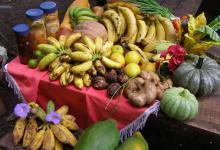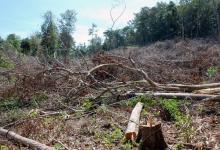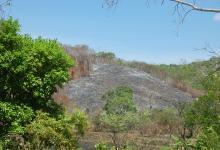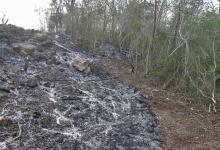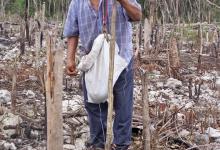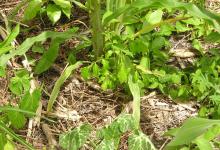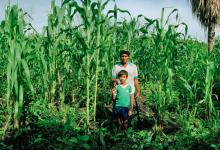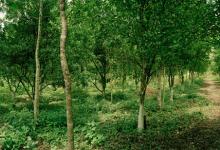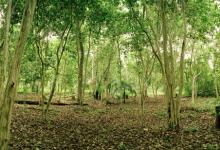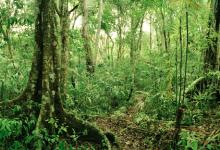Maya Milpa: Maya region of Mesoamerica -- the Yucatan Peninsula
The Maya milpa is often misunderstood as a blight on the landscape. It is, however, the fundamental tool to create the Maya forest garden that cycles over a minimum of 18 years from the low maize canopy filled with over 70 spp of cultigens and volunteers, into fast growing perennials, and finally fruit and hardwood canopy that dominate the Maya forest. This forest is destined that later to be a maize dominates field again.
See also:
www.marc.ucsb.edu/elpilar/forest
www.espmaya.org/forest.html
www.mayaforestgardeners.org
Copyright info:
First seven photos: Photo credit BRASS El Pilar project. Last five photos: Photo credit Macduff Everton.

